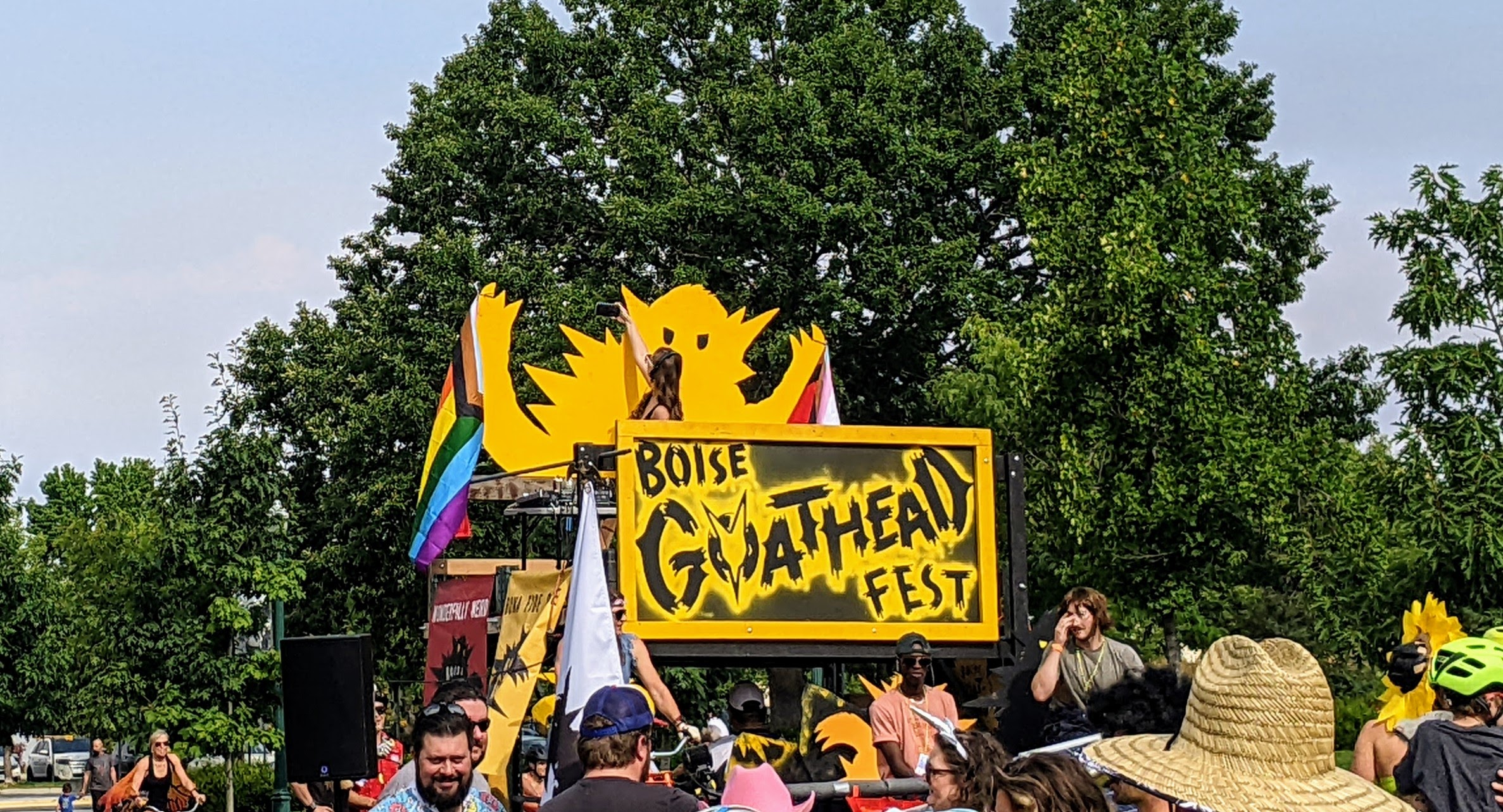Trevor Caughlin and co-authors describe how the local impacts of an invasive plant motivated research to understand where it spreads.
Biological invasions threaten global biodiversity, motivating studies to control invasive species’ spread. We studied outbreaks of puncturevine (Tribulus terrestris), an invasive species in Western North America.
While our team appreciates the global threats posed by invasive species, the motivation for our newly published study was far more local and personal.
Puncturevine’s spiny fruits are a bane to bicyclists in Boise, Idaho, a small city in the high desert. Bike rides are a joy of our long hot summers, with bike routes that connect downtown breweries to mountain foothills. I can attest that a single puncturevine can ruin an entire summer day, not just as the lead author of our research paper but as a bike rider who grew up in Boise.

The research
Our study aimed to predict where outbreaks of puncturevine will occur by recording plant locations along Boise’s transportation networks.
We used two survey methods: single-survey transects, randomly distributed across the city, and repeat-survey transects, remeasured weekly. Together, this study design provided information on city-wide patterns of abundance, emergence and persistence of reproductive plants.
Our team walked over >100 km of pathways across Boise. This massive, collaborative effort was partly a response to the COVID-19 pandemic in the summer of 2020, which prevented travel for most fieldwork. Data collection for our puncturevine study was entirely local and gave us something to do during an uncertain time.
With field data in hand, we created models to relate puncturevine abundance, emergence and persistence to factors in the urban landscape. We focused on three factors representing spatial differences across cities: property value, microhabitat availability and street connectivity. Of these three variables, we found that property value had a consistently negative impact on puncturevine outbreaks, with less abundance and lower emergence of puncturevine in high-valued properties.
This result emphasizes how socioeconomic inequality can influence the ecology of harmful organisms in cities. Our study raises the concern that marginalized communities, with fewer resources to repair damaged tires, may be disproportionately impacted by puncturevine invasion.
Future implications
The next steps for our work will be to translate our scientific research into action to control puncturevine invasion in Boise.
Boisean’s frustration with puncturevine has already resulted in collective action, including a summer festival devoted to eradicating this invasive species. This festival, called “Goathead Fest” (the local name for puncturevine), celebrates the annual removal of ~10,000 lbs of puncturevine by volunteer “weed warriors.”

Our team recently received funding from the city government to create a hotspot map to direct volunteers to areas needing puncturevine removal. We will develop this map using spatial forecasts from our model of puncturevine abundance.
We hope incorporating socio-ecological variables into our city-wide map will improve the equitability and effectiveness of control efforts. Ultimately, fewer tire punctures will help ensure that everyone can experience the joy of summer bike rides in Boise, Idaho.
Read the full research: “Socio-ecological interactions promote outbreaks of a harmful invasive plant in an urban landscape” in Issue 4:2 of Ecological Solutions and Evidence.